What Are OLAP (Online Analytical Processing) Tools?
Smart Data Collective
JUNE 16, 2022
One of the most valuable tools available is OLAP. Using OLAP Tools Properly. Trend analysis, financial reporting, and sales forecasting are frequently aided by OLAP business intelligence queries. ( Several or more cubes are used to separate OLAP databases. OLAP’s disadvantages. see more ).

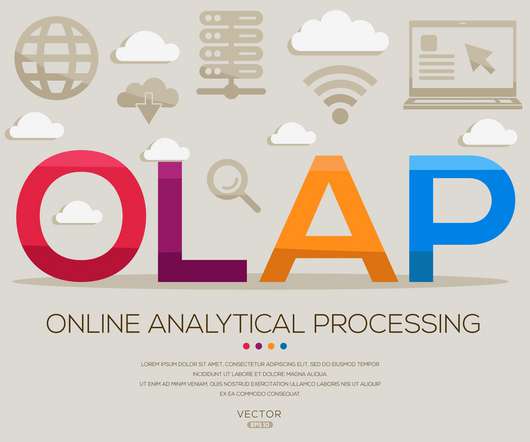
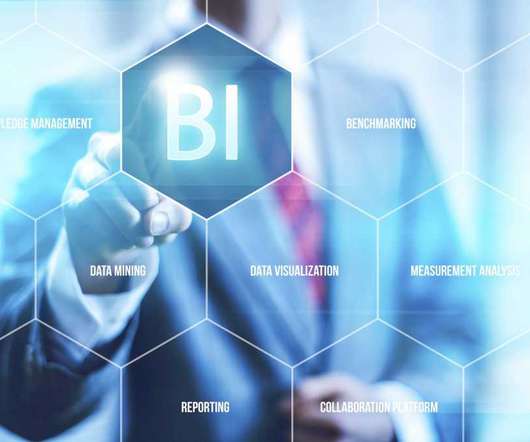



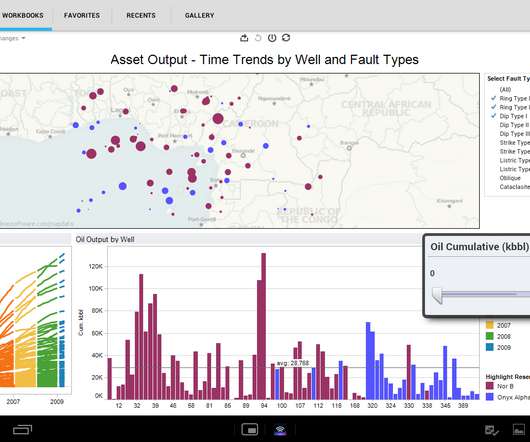







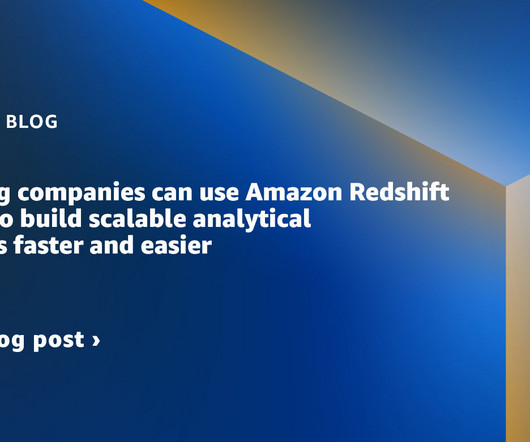
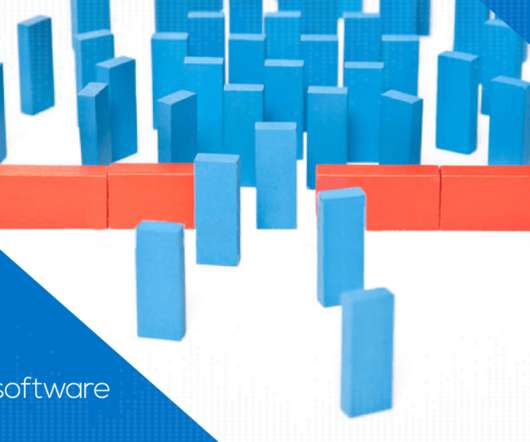
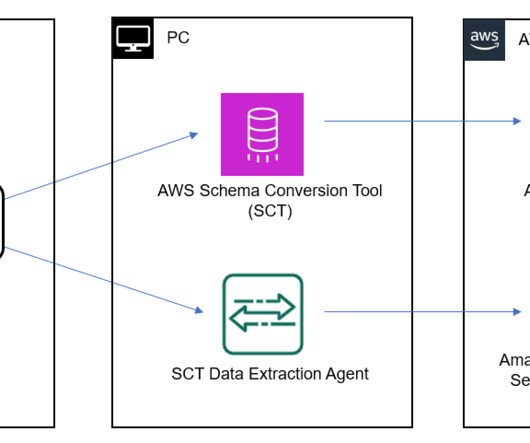


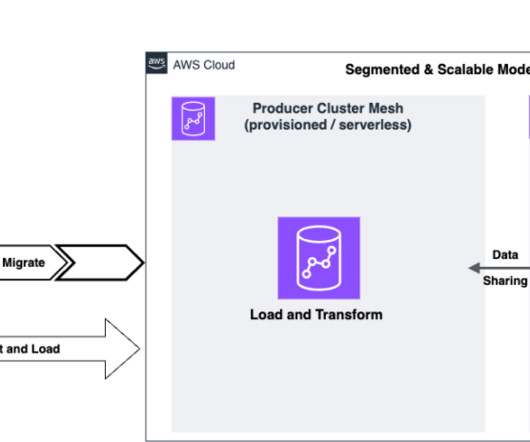










Let's personalize your content